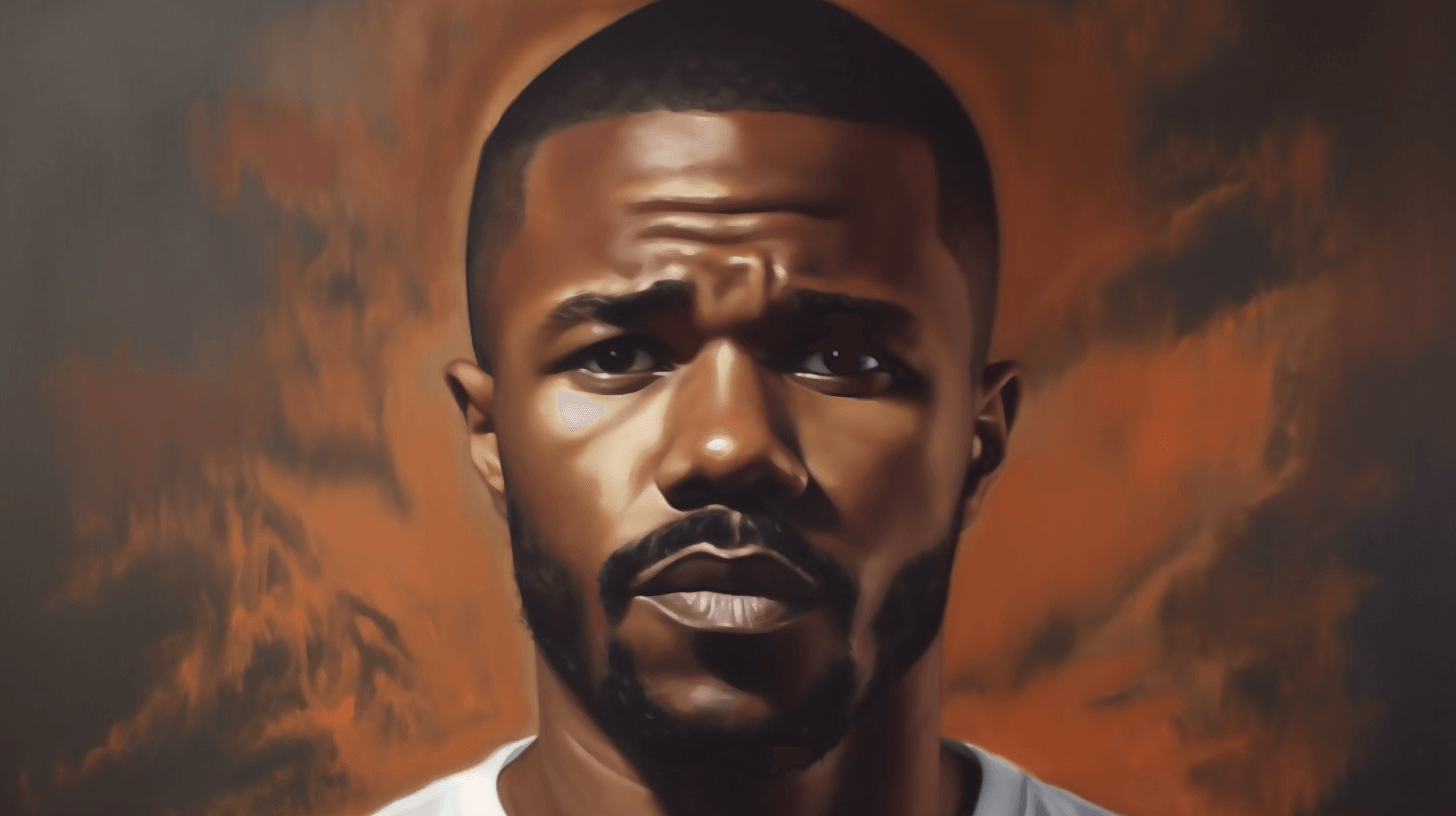😷🔁🇨🇳 COVID Stay Coming Back in China; No Lockdown Fo’ Now
Eh, da authorities stay saying dat cases stay goin’ up, an’ one doctor stay estimating dat we goin’ see like 65 million cases every week soon. But, you know, China stay stayin’ determined fo’ move forward, no more lockdowns. 📈😤💪
Back in December, China wen suddenly stop dey strict “Zero COVID” policies. Da virus wen come back strong, an’ peopos wen start get mad about lockdowns. Now, six months latah, COVID cases stay goin’ up again. But dis time, China stay set on goin’ back to normal life an’ focus on building up da economy. 🦠🔄💼
Oddah countries stay used to dis kine ting already, but dis one big change fo’ China. Up until latah last year, dey leaders wen lock down whole neighborhoods, districts, an’ sometimes even whole cities fo’ try stop small clusters of cases. 🚧🔒🏘️
Since April, da Chinese health authorities wen report an increase in COVID cases, especially from da new subvariants dat stay spreadin’ all ova da world. One important doctor, Dr. Zhong Nanshan, who wen be one da first fo’ say back in 2020 dat COVID can spread easy among peopos, wen estimate dis Monday dat by late June, as much as 65 million peopos every week could catch da coronavirus in China. (Before, he wen say dat da number stay ’bout 40 million infections every week in late May. China no mo’ publish regular official numbers fo’ da whole country no mo’.) 📈🌍😷
Fo’ comparison, when dey wen stop “Zero COVID” controls back in December, da number of new infections wen reach 37 million every day in China, according to estimates from Bloomberg. 📉💥😱
Even if da pace of da infections going up, like Dr. Zhong wen say, stay uncertain, we all knew dat cases was goin’ go back up one time. An’ plenny peopos in China stay ready fo’ live wit’ COVID cases an’ sometimes even COVID deaths stayin’ in da background. 💭💔🌆
“Pepo stay used to da infections already, an’ dey tink dis one normal in da post-COVID era,” said Lin Zixian, one 36-year-old technology company worker from Beijing, when we wen talk on da phone. Da leader of China, Xi Jinping, still wear mask wen he meet peopos inside. But Lin an’ his family stay stop maskin’ up wen dey go out, jus’ like plenny oddah peopos in China. 😷📞🙌
“Plenny of my friends wen get infected last year, an’ dey wen get infected again dis year,” Lin said. “Me, I stay pretty calm ’bout da virus an’ da pandemic.” 😌🦠💪
All ova China, da officials stay tryin’ fo’ get da peopos ready fo’ da increase in cases wit’out bringin’ back da heavy controls dat wen make peopos lose dey patience latah last year. Since dey wen open up travel inside da country again, da government stay focusin’ on rebuildin’ da economy an’ creatin’ jobs. Da unemployment rate fo’ young peopos stay ’bout 20 percent, so dat stay more important politically dan da numbers of COVID cases. 🧑💼💼📈
“After most peopos wen catch da last wave, da intensity wen go down,” said Dali Yang, one professor of political science from da University of Chicago, who stay almost finish writin’ one book ’bout how China wen handle da pandemic. 🌊📚🖋️
He wen say dat now China see COVID as one “Class B” sickness – no mo’ da
NOW IN ENGLISH
😷🔁🇨🇳 COVID is Making a Comeback in China; No Lockdowns for Now
Hey, the authorities are saying that cases are on the rise, and one doctor estimates that we might see around 65 million cases every week soon. But you know, China is determined to keep moving forward without imposing any more lockdowns. 📈😤💪
Back in December, China abruptly abandoned its strict “Zero COVID” policies. The virus made a strong comeback, and people started getting frustrated with the lockdowns. Now, after six months, COVID cases are increasing once again. However, this time China is determined to return to normal life and focus on rebuilding the economy. 🦠🔄💼
Other countries have already become accustomed to such situations, but this is a significant change for China. Until late last year, their leaders would impose lockdowns on entire neighborhoods, districts, and sometimes even whole cities to contain small clusters of cases. 🚧🔒🏘️
Since April, the Chinese health authorities have reported a rise in COVID cases, particularly due to the spread of new subvariants worldwide. Dr. Zhong Nanshan, a prominent doctor who was among the first to publicly acknowledge in 2020 that COVID can easily spread among people, estimated on Monday that by late June, as many as 65 million people could be infected with the coronavirus in China every week. (He previously estimated around 40 million infections per week in late May. China no longer publishes regular nationwide infection estimates.) 📈🌍😷
To put it into perspective, when the “Zero COVID” controls were lifted in December, the number of new infections reached 37 million per day in China, according to estimates from Bloomberg. 📉💥😱
Even though the pace of rising infections, as Dr. Zhong acknowledged, is uncertain, we all knew that cases would eventually go up again. Many people in China have accepted the fact that COVID cases and even deaths will remain a part of their lives. 💭💔🌆
“People have become accustomed to infections, and they see this as normal in the post-COVID era,” said Lin Zixian, a 36-year-old technology company worker from Beijing, during a phone interview. Although China’s leader, Xi Jinping, still wears a mask when meeting people indoors, Lin and his family have stopped wearing masks in most public spaces, just like many others in China. 😷📞🙌
“Many of my friends were infected last year, and they got infected again this year,” said Lin. “Personally, I remain calm about the virus and the pandemic.” 😌🦠💪
Officials throughout China are trying to prepare the population for the increasing cases without reimposing strict controls that had tested public patience last year. Since domestic travel restrictions have been lifted, the government is focused on economic recovery and job creation. The unemployment rate, especially among young people, is around 20%, which is a more pressing concern politically than the rising COVID numbers. 🧑💼💼📈
“After most people had experienced the previous wave, the intensity subsided,” said Dali Yang, a professor of political science at the University of Chicago, who is almost finished writing a book about China’s handling of the pandemic. 🌊📚🖋️
He added that China now considers COVID as a “Class B” illness, no longer the most urgent category. Officials are monitoring the recent increase in cases but have also been reassuring the public by stating that the symptoms are relatively mild.







